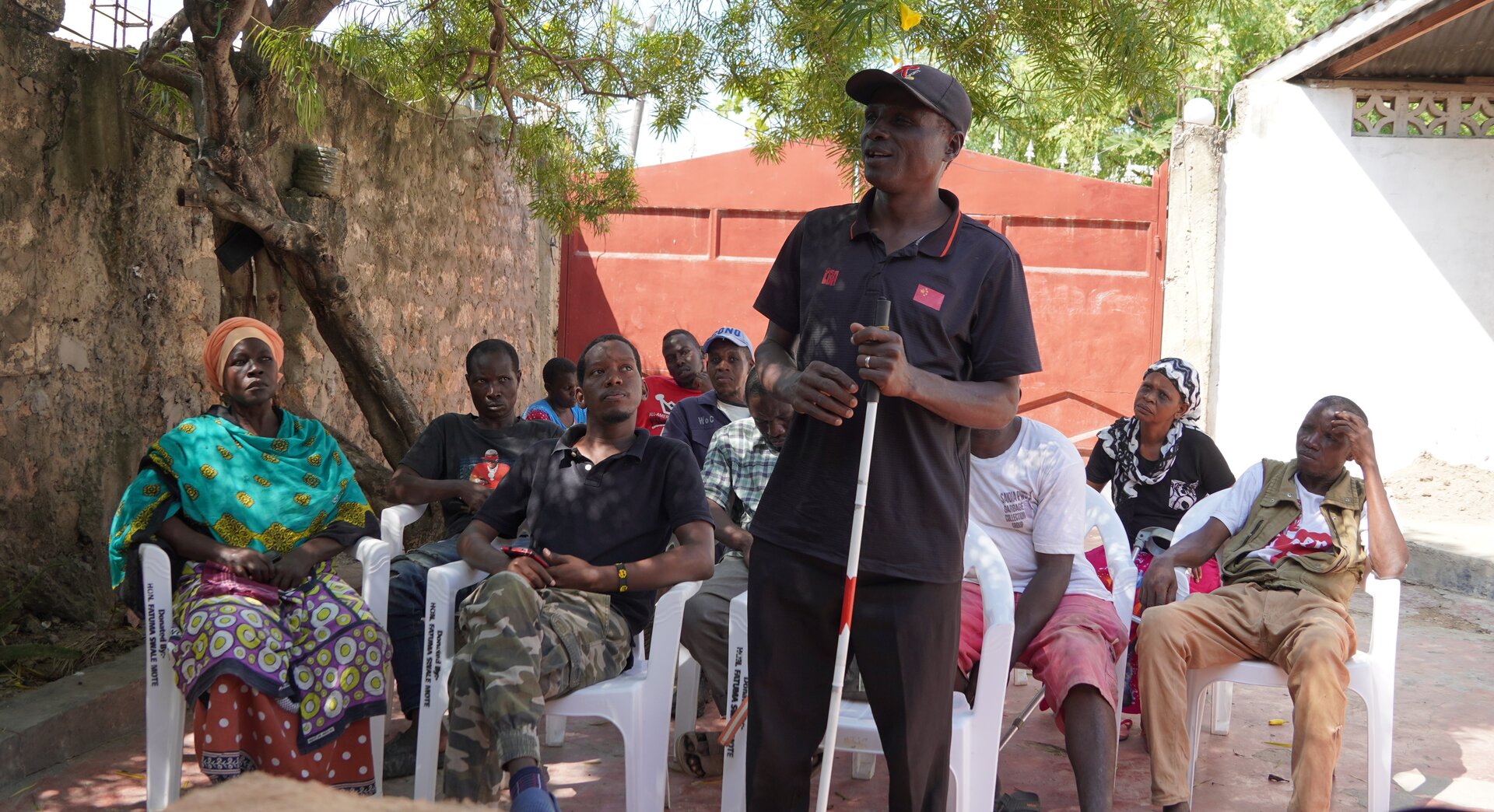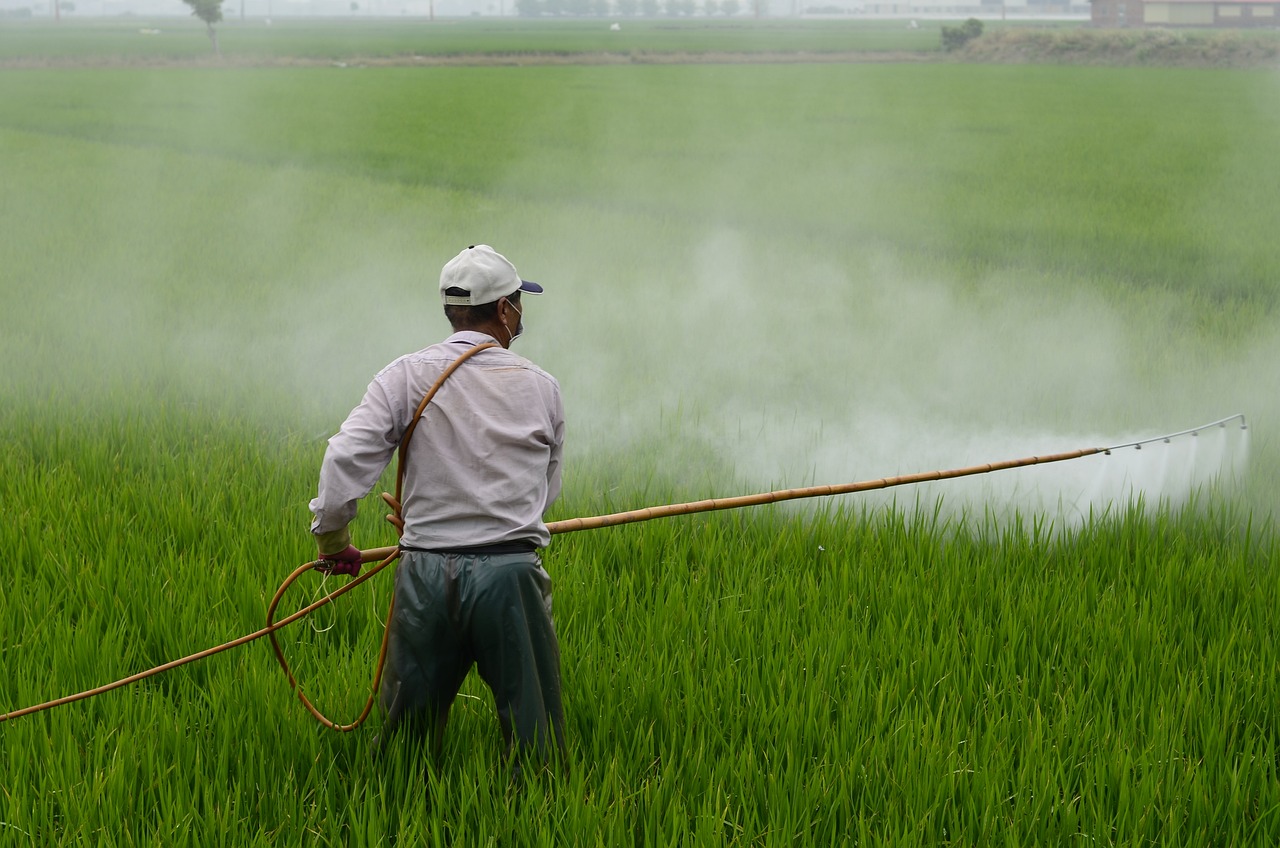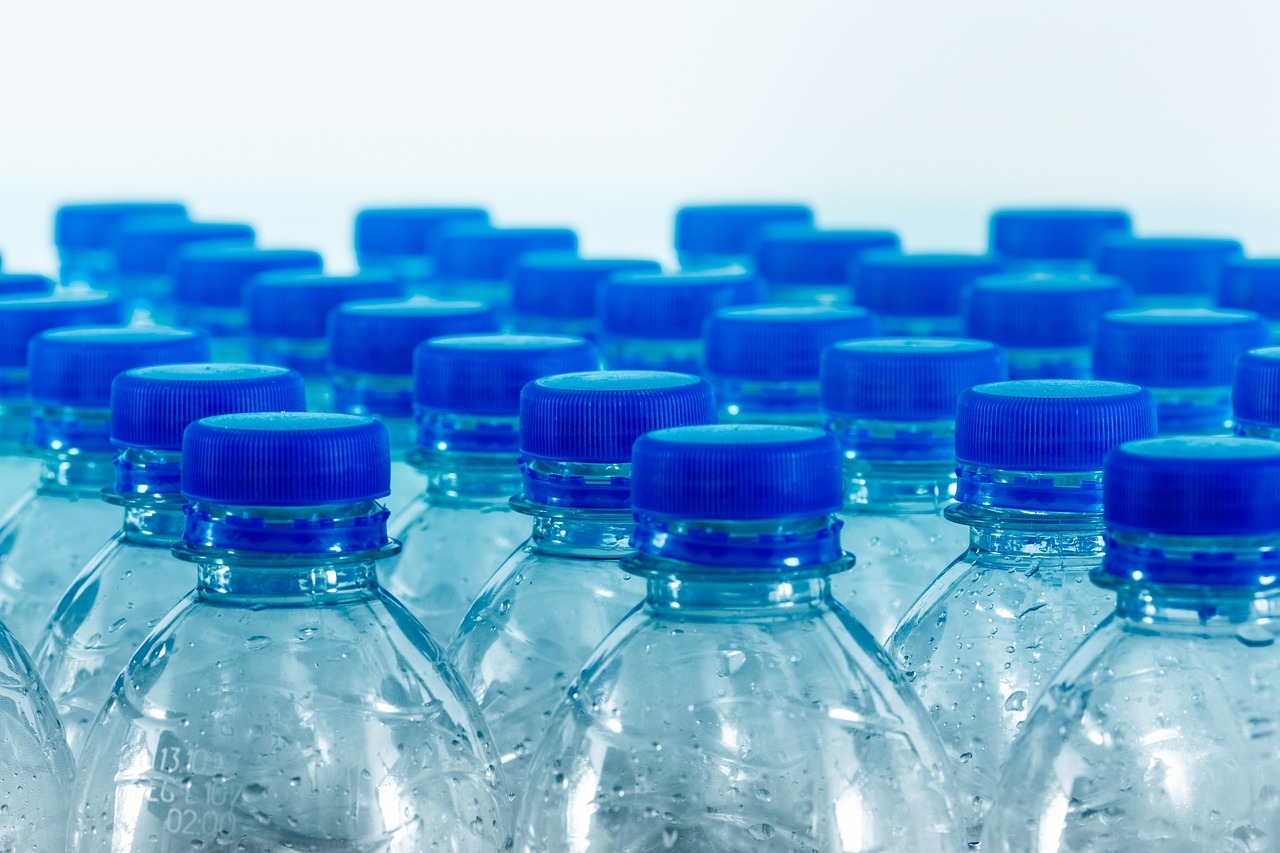A glimpse into the Life of waste pickers living with epilepsy
Before the day begins, a group of brave men and women equipped with small bags and small hand-pulled carts navigate the streets, households and dumpsites collecting items that others have discarded. The waste pickers, a group of individuals who are usually unnoticed play a very important role in maintaining a greener environment and ensuring we have a safe cleaner surrounding
Often, we don't consider what happens to our waste after we dispose. Waste pickers are the ones at the forefront of waste management making sure that the waste we dispose of is repurposed and recycled, yet their contribution always goes unnoticed or unmentioned.
Frequently relied upon as a means to survive, waste picking becomes a necessity for individuals marginalized by society who lack access to job opportunities, formal education, or support systems.
We explore the daily life of the waste pickers from Saidia a waste pickers group of people living with epilepsy in Mombasa and the challenges they face in their daily activities. They begin the day overwrought with challenges that go beyond the physical strain of waste picking moving from household to household collecting waste on a hand-pulled cart, for people living with epilepsy it means facing social stigma and discrimination, which severely limits job opportunities. Employers are often reluctant to hire individuals with epilepsy due to misconceptions about the condition, and the fear of seizures occurring during work hours. As a result, waste picking has become one of the few viable ways for the Saidia group to earn a living.
They carefully navigate the streets collecting unsorted waste and recyclables taking care of each other keeping in mind that the stress that comes with the work can trigger a seizure at any time which adds extra difficulty to the already strenuous job.
By midday, they transport the collected waste to a designated sorting area, a piece of land provided by one of the members, where they meticulously separate recyclable materials from the waste. Despite the intense heat and exhaustion, they must carefully manage their health, all while the uncertainty of their condition looms heavily a persistent reminder of the challenges they endure.
After separation, they take the recyclables to the recycling centres for sale and the waste to collection areas where county government trucks collect and eventually dump it at the Mwakirunge County landfill
To Saidia group waste picking is more than just a job it’s a lifeline in a society that has largely overlooked their potential. Their work is a testament to their resilience and determination, yet it also highlights the urgent need for greater awareness and support for people living with epilepsy. While waste picking provides a means of survival, the challenges they face in securing stable, dignified employment remain a significant obstacle.
For waste pickers living with epilepsy, the challenges extend beyond the physical demands of their work. The stigma associated with epilepsy, coupled with the lack of understanding about the condition, often leaves them marginalized and excluded from formal employment opportunities. However, there are organizations and initiatives dedicated to supporting this vulnerable group, helping them to overcome barriers and improve their quality of life.
The National Epilepsy Coordination Committee has been instrumental in advocating for the needs and expectations of persons with epilepsy, which include ;
- Mobilize and train medical staff
- Create awareness and give training to the community on epilepsy
- Medical support
- Non-stop lobbying and advocacy for involving influential policymakers, financers and implementers to improve the system
Other organizations like Kenya Association for the Welfare of People with Epilepsy have also played an important role in awareness creation but still more needs to be done. A combined efforts from all the stakeholders government and non-governmental organizations together with the community as a whole need to create a more supportive environment for waste pickers living with epilepsy. By addressing both the medical and social challenges they face, these initiatives will not only improve their immediate working conditions but also help to build a future where waste pickers with epilepsy are recognized, respected, and empowered to thrive.







